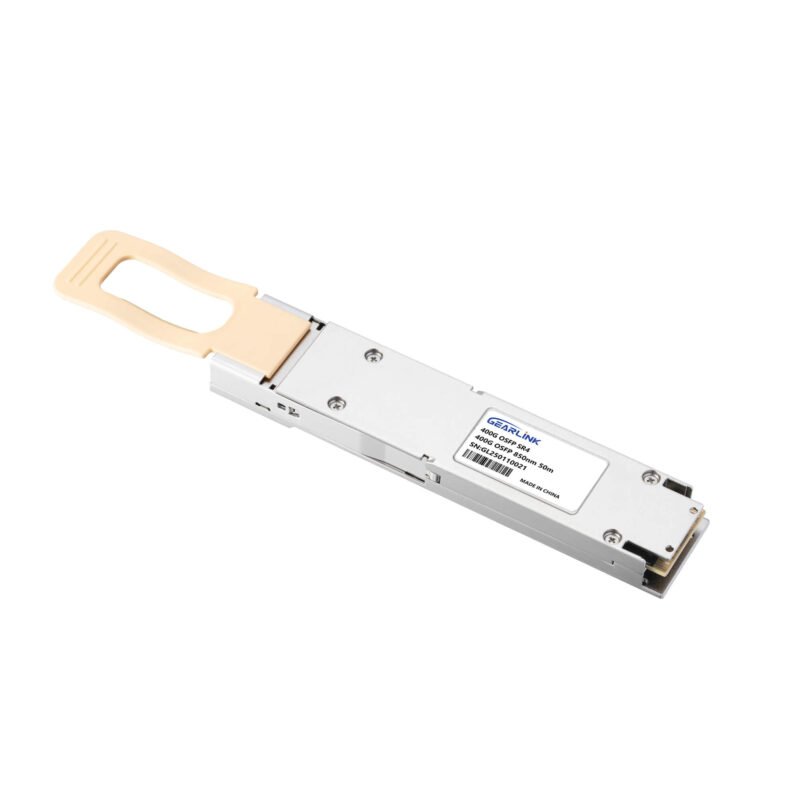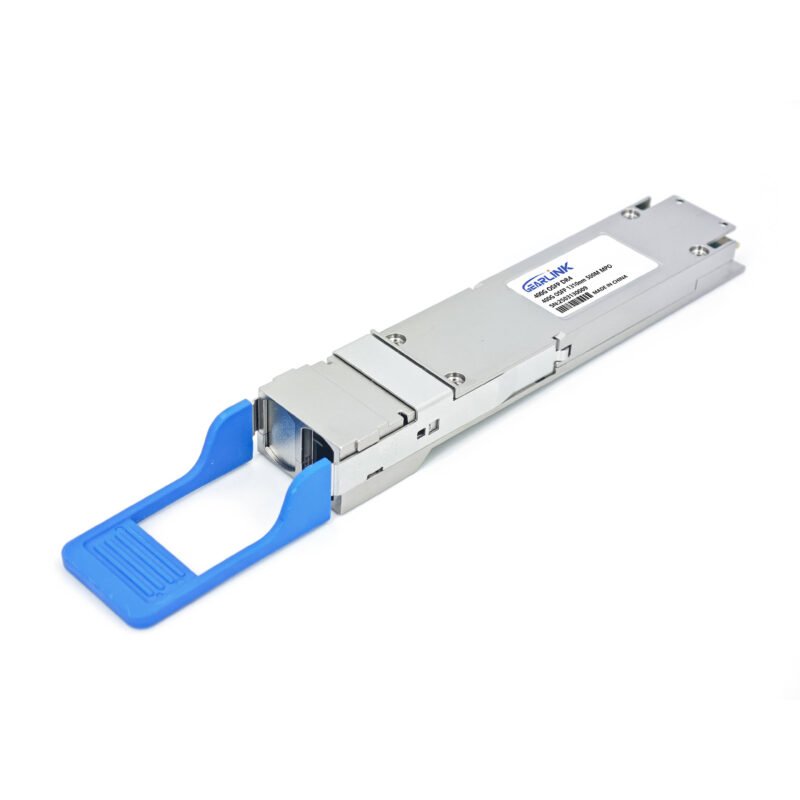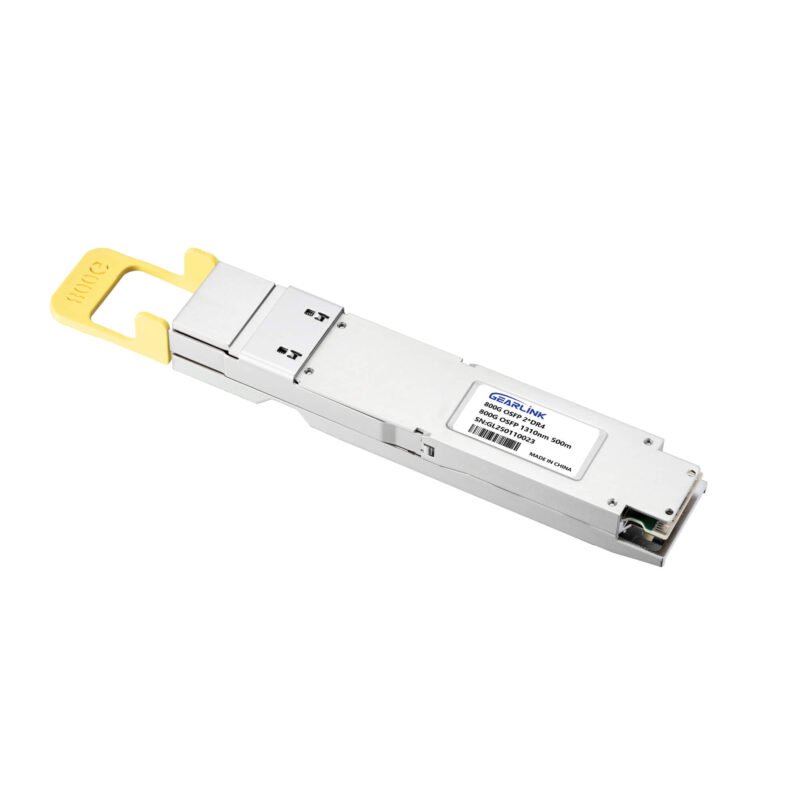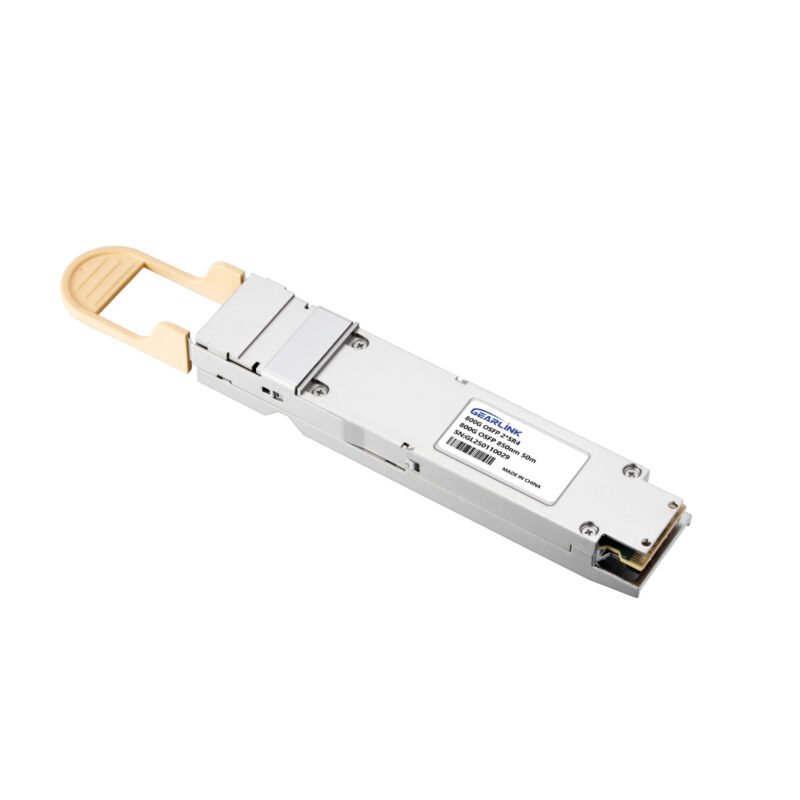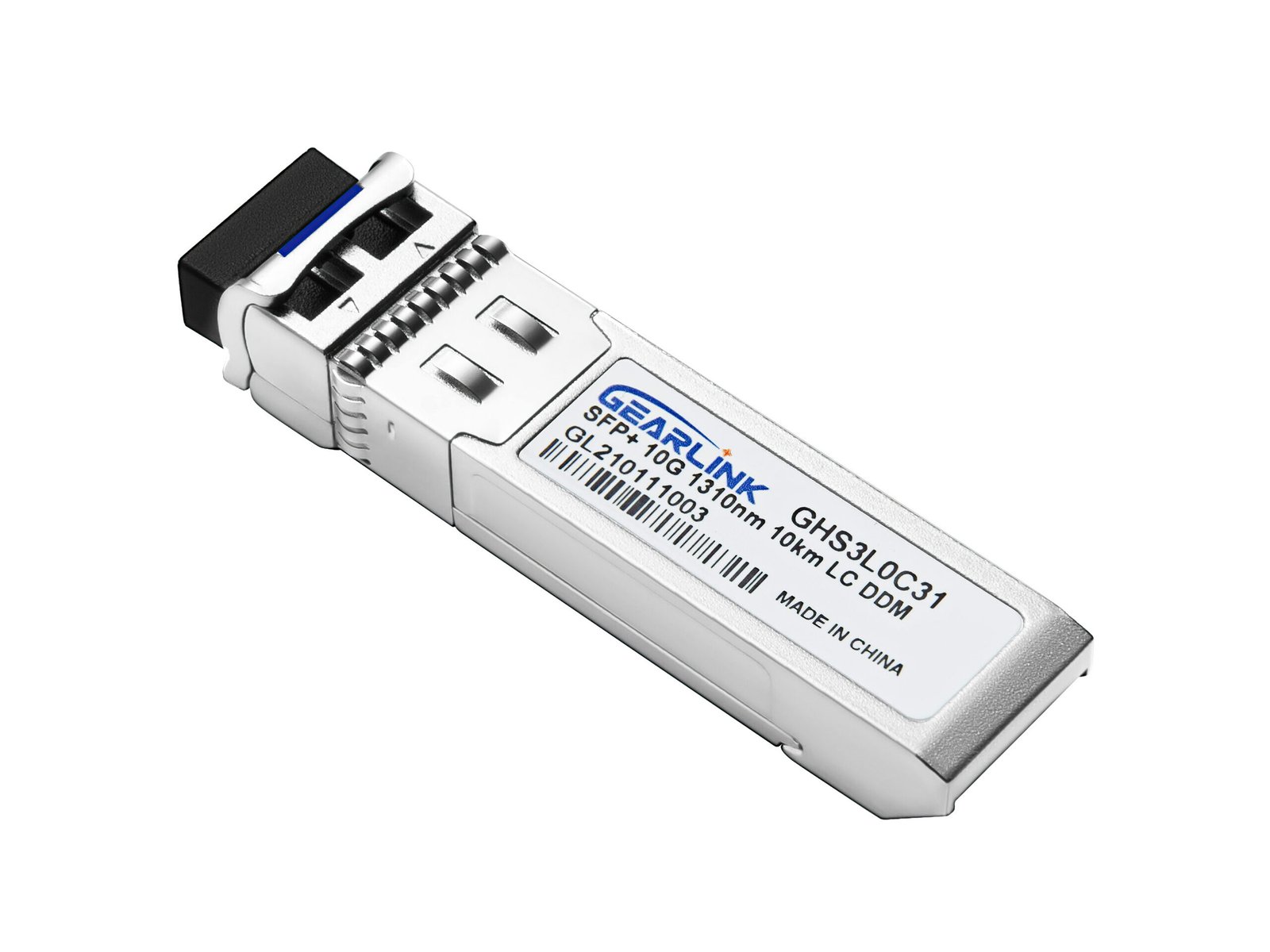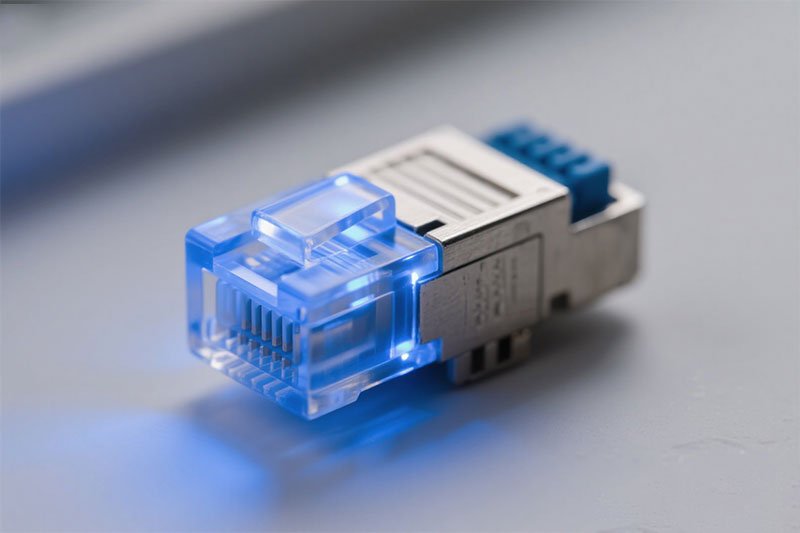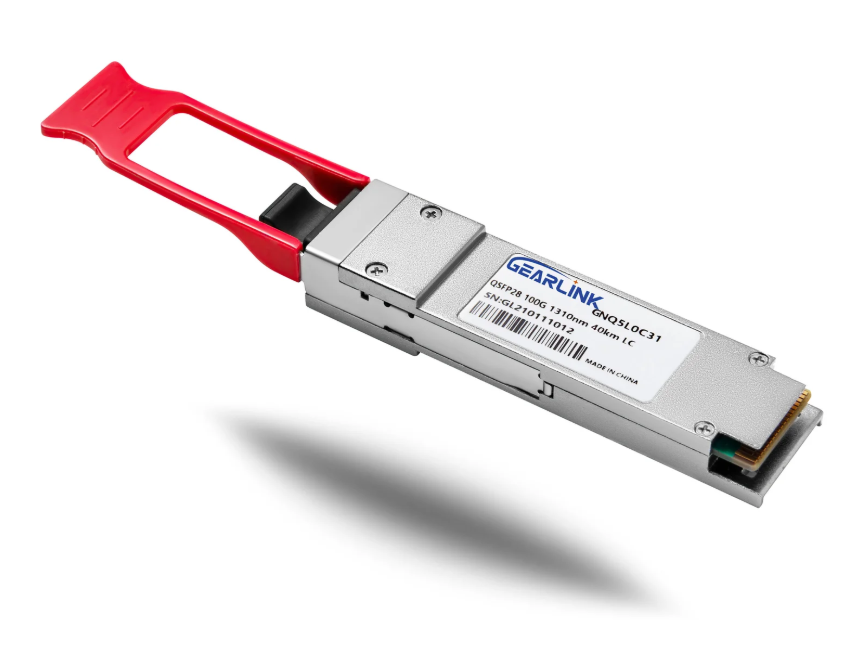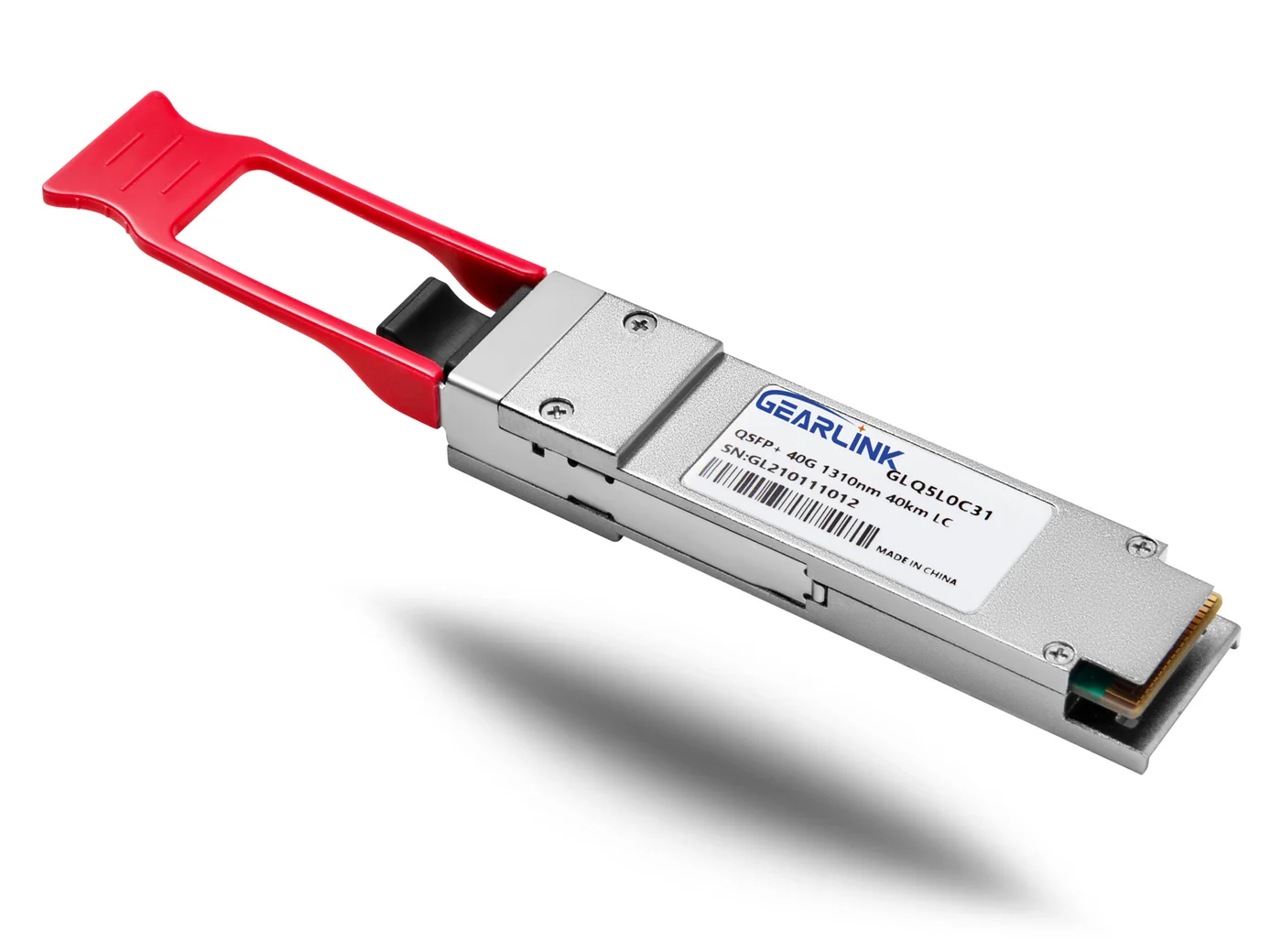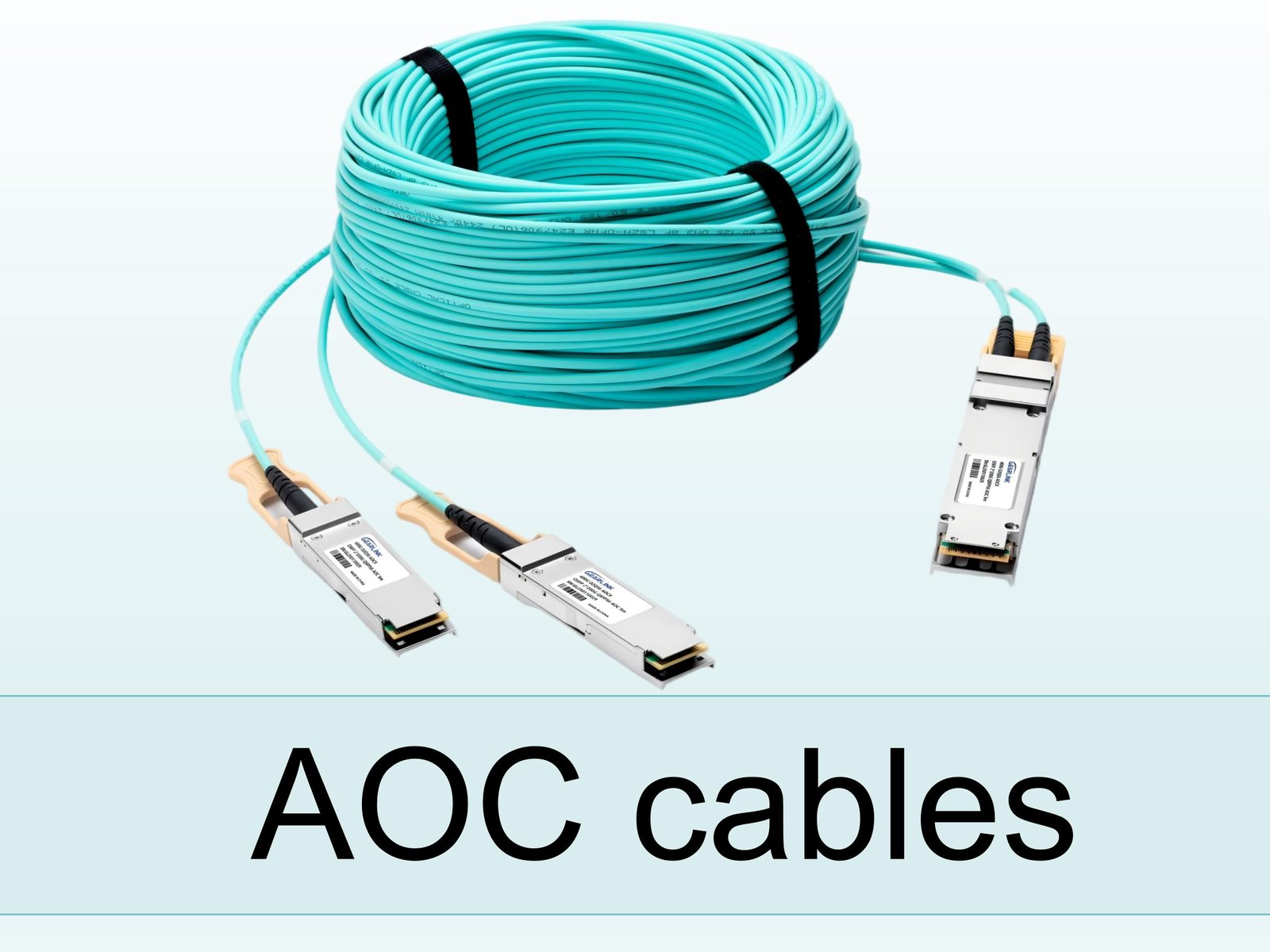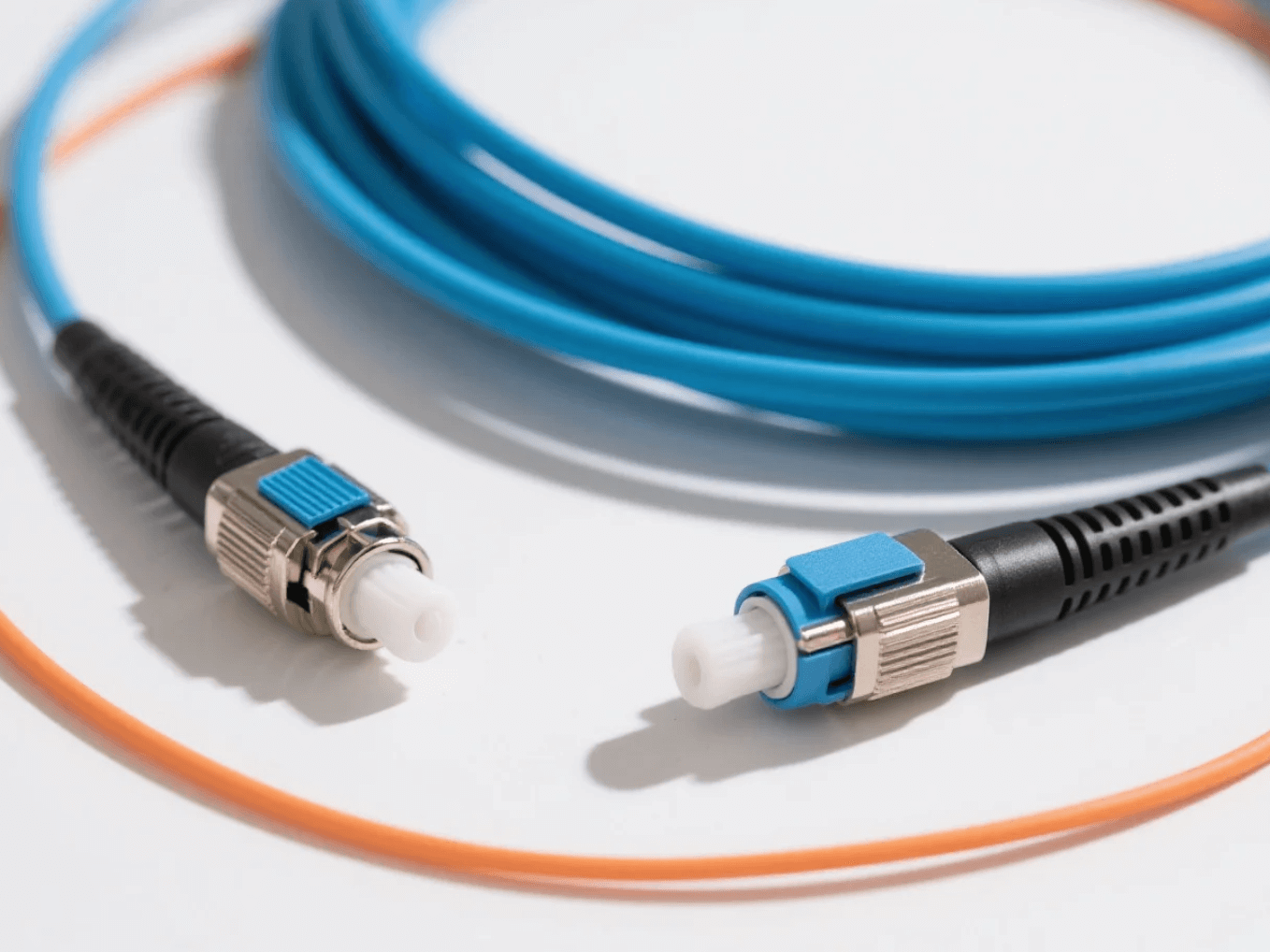In the rapidly evolving landscape of data communications, the demand for higher bandwidth and increased data throughput has driven the continuous advancement of optical networking technologies. For network architects and product users, understanding the migration path and technical merits of various high-speed solutions is crucial. Today, the conversation is shifting from 100G to the powerful next-generation platforms: 400G vs 800G optical module. This in-depth article will explore the core differences, technological breakthroughs, and strategic considerations that dictate which module is the optimal choice for your sophisticated networking infrastructure.
The Rise of High-Capacity Optics: Why the Need for Speed?
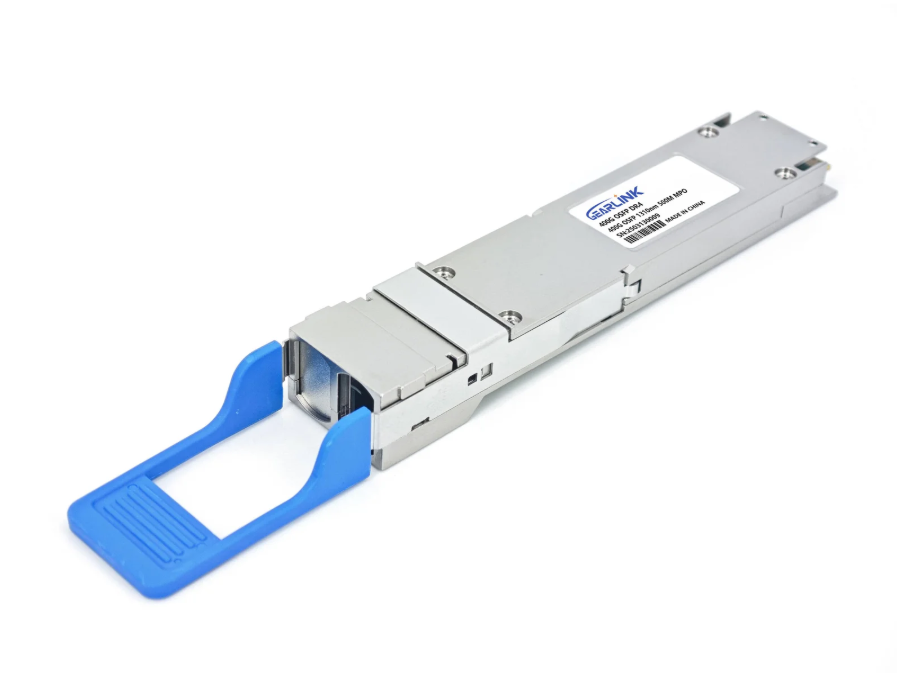
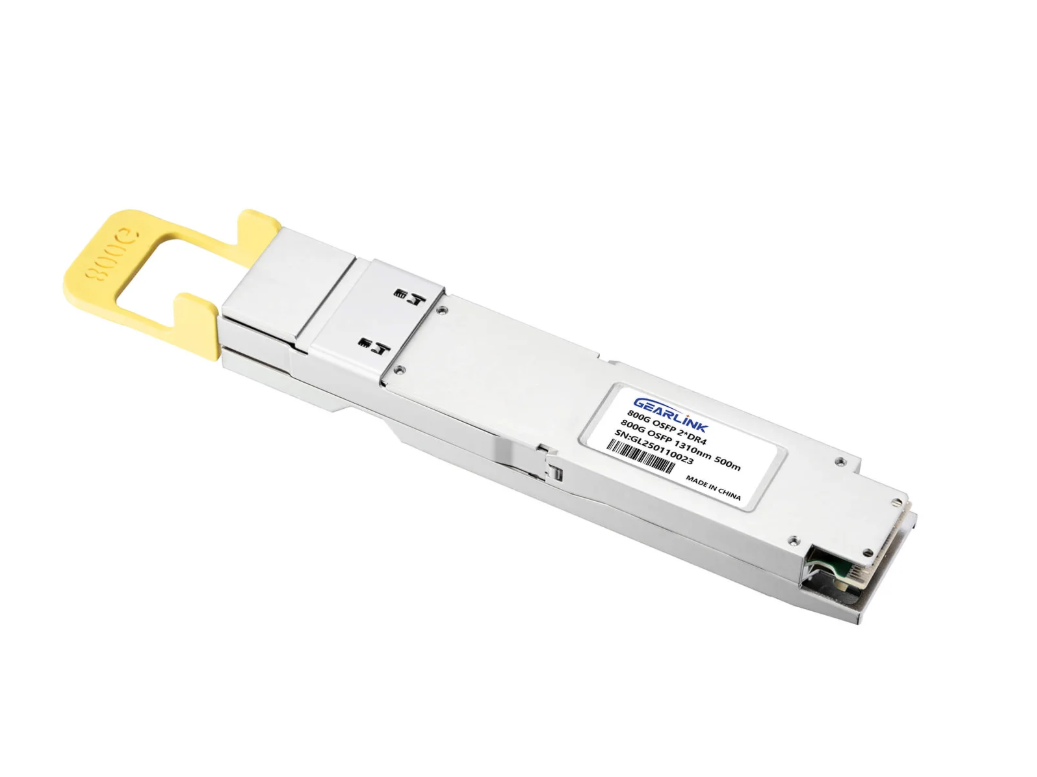
The relentless expansion of cloud computing, Artificial Intelligence (AI), Machine Learning (ML), and rich-media streaming necessitates a radical upgrade in network capacity. Data centers, the backbone of this digital economy, require a substantial leap in density and efficiency to manage the exponential traffic growth. The introduction of 400G optical module technology marked a significant industry milestone, offering four times the throughput of the established 100G standard, yet a new frontier is already upon us. The emergence of the 800G optical module is specifically designed to address the ever-increasing demands of hyperscale data centers and major telecom carriers, promising double the capacity in a similar, or even smaller, form factor.
Technological Foundation: Modulating the Difference
The primary distinction between the 400G vs 800G optical module lies in the underlying electrical and optical signaling technology. Both generations heavily rely on PAM4 (Pulse Amplitude Modulation, 4-level) signaling, which allows for two bits of information to be transmitted per symbol, effectively doubling the data rate without increasing the baud rate.
The 400G optical module predominantly utilizes 50G electrical lanes, often structured as 8 lanes of 50G (8x50G) to achieve 400G throughput. Common form factors include QSFP-DD (Quad Small Form-factor Pluggable Double Density) and OSFP. The technology has matured, offering robust performance and widespread interoperability, making it the current workhorse for data center interconnection (DCI) and intra-data center spine-leaf architectures.
Conversely, the leap to 800G optical module is achieved by pushing the boundaries of lane speeds and density. The 800G generation transitions to 100G electrical lanes, typically structured as 8 lanes of 100G (8x100G). This doubling of the electrical lane rate is a major engineering feat, requiring significant advancements in Digital Signal Processing (DSP) chips, gearbox technology, and high-speed electrical traces. The initial and most prominent form factor for 800G optics is the QSFP-DD800, which maintains backward compatibility with 400G QSFP-DD ports, offering a crucial migration path.
Key Performance Metrics: Comparing Efficiency and Reach
400GBASE-SR4 OSFP 850nm 50m DOM MPO-12/APC MMF Optical Transceiver Module
Price range: NT$499 through NT$898
400GBASE-DR4 OSFP PAM4 1310nm 500m DOM MPO-12/APC SMF Optical Transceiver Module
Price range: NT$699 through NT$799
800GBASE 2 x DR4/DR8 OSFP PAM4 1310nm 500m DOM Dual MPO-12/APC SMF Optical Transceiver Module
Price range: NT$1,699 through NT$1,768
800G OSFP SR8-800GBASE 2 x SR4/SR8 OSFP PAM4 850nm 50m DOM Dual MPO-12/APC MMF InfiniBand NDR Optical Transceiver Module
Price range: NT$539 through NT$808
When evaluating 400G vs 800G optical module performance, several critical factors must be considered by users: power consumption, port density, and link reach.
Power Consumption and Thermal Management
As data rates increase, power efficiency becomes a paramount concern, particularly for hyperscalers operating thousands of switches. The move from 50G to 100G electrical lanes in 800G optical module technology, while increasing capacity, also generally increases the overall power consumption per module. However, the true metric is power per bit (pJ/bit). New generations of DSPs and optimized silicon photonics are continually driving down the pJ/bit for 800G, making it potentially more power-efficient on a per-bit basis than earlier 400G iterations. For system-level integration, the increased heat generated by 800G necessitates more sophisticated thermal management solutions within switch designs.
Port Density and Network Scaling
The density advantage of the 800G optical module is perhaps its most compelling feature. A single-rack unit (1RU) switch, which might support 32 ports of 400G, can now potentially support 32 ports of 800G in the QSFP-DD800 form factor. This doubling of front-panel bandwidth translates directly into reduced floor space, fewer cables, and simplified network architecture, providing immense value to high-density environments. For the end-user, this means a significantly lower total cost of ownership (TCO) and a cleaner migration strategy for future 1.6T and beyond networks.
Link Reach and Media Interface
Both 400G vs 800G optical module standards support various reaches, utilizing different optical interfaces:
- Short Reach (SR): Primarily for intra-rack or short-span links within the data center, typically utilizing Multi-Mode Fiber (MMF) and often based on VCSEL arrays (e.g., 400G-SR8, 800G-SR8).
- Medium Reach (DR/FR): For links up to 500 meters or 2 kilometers, utilizing Single-Mode Fiber (SMF) and often employing Silicon Photonics (SiPh) or External Laser Source (ELS) technology (e.g., 400G-DR4, 800G-DR8).
- Long Reach (LR/ER): For DCI or metro applications, reaching 10km and beyond (e.g., 400G-LR4, 800G-LR8).
While 400G technologies are widely available and cost-optimized across all reaches, the current deployment focus for 800G is heavily weighted toward high-volume intra-data center links (DR/FR) where the density benefits are maximized. The technology and cost curves for 800G long-reach solutions are still maturing.
Strategic Deployment: A User’s Perspective on Migration
The decision between deploying an existing 400G optical module infrastructure or transitioning to 800G is a strategic financial and technical calculation for network operators.
The 400G ecosystem is mature, offering competitive pricing, high availability, and broad vendor support. It represents a low-risk, immediate solution for networks currently constrained at 100G or 200G. Many enterprises and cloud providers will find that 400G capacity perfectly meets their bandwidth needs for the next few years.
Conversely, the 800G optical module is a future-proofing investment. While the initial capital expenditure for 800G equipment and modules is higher, the long-term TCO is lower due to superior density and power efficiency per bit. Networks planning for massive scale, especially those driven by massive AI/ML clusters that require unprecedented East-West traffic capacity, should prioritize 800G. The common QSFP-DD800 form factor ensures that switches purchased today can support both 400G (using QSFP-DD) and 800G modules, providing flexibility in the rollout schedule.
In summary, 400G optical module technology is the current optimized standard, offering the best balance of cost and performance for most large-scale deployments. However, the 800G optical module represents the inevitable next step, driven by the economics of scale and the technical necessity of higher port density, and it is quickly becoming the platform of choice for hyperscale and AI networking leaders. Wise network planning involves understanding both technologies and phasing their deployment strategically to maximize return on investment and ensure scalability.
Frequently Asked Questions (FAQ)
Q1: Is the 800G optical module backward compatible with 400G ports? A1: The 800G optical module in the QSFP-DD800 form factor is physically designed to fit into a QSFP-DD slot, however, its 800G functionality will not be supported by a 400G-only switch port. The switch port must be designed to accommodate the higher electrical signaling rate of 800G, though QSFP-DD800 ports are typically designed to auto-negotiate and operate with 400G QSFP-DD modules.
Q2: What is the main technology enabling the jump from 400G to 800G? A2: The primary enabler is the doubling of the electrical lane rate from 50G to 100G, alongside advancements in DSP (Digital Signal Processor) performance and optimized co-packaged optics (CPO) and silicon photonics technologies which manage signal integrity and power consumption at these extremely high speeds.
Q3: For a small to medium data center, is 400G or 800G the recommended choice? A3: For most small to medium data centers without hyperscale or large AI cluster requirements, the 400G optical module is the more cost-effective and immediate solution. The technology is mature, the module cost is lower, and it provides ample bandwidth for current needs. 800G is best suited for organizations with exponential growth projections or those requiring maximum port density immediately.
